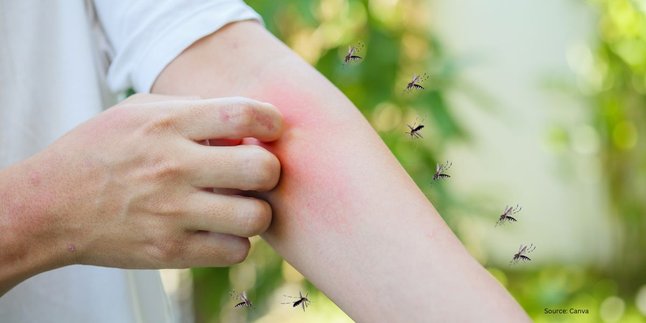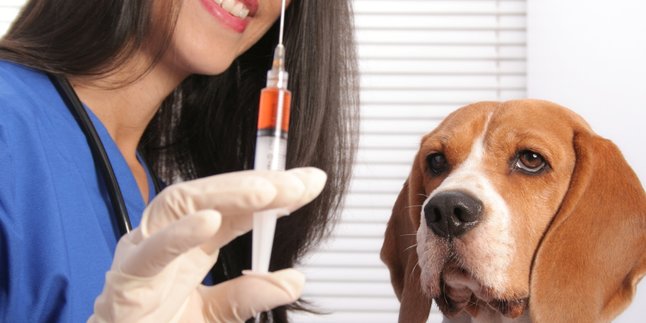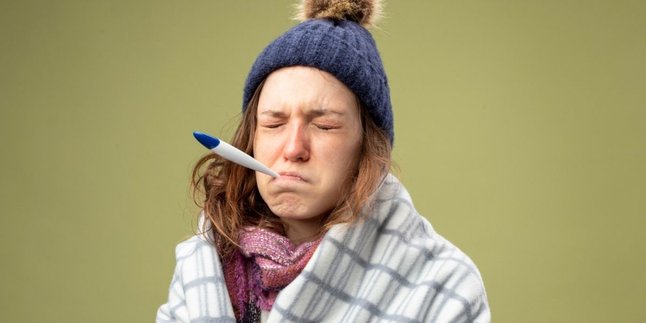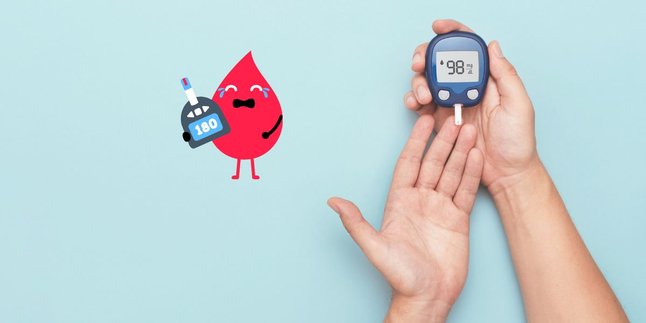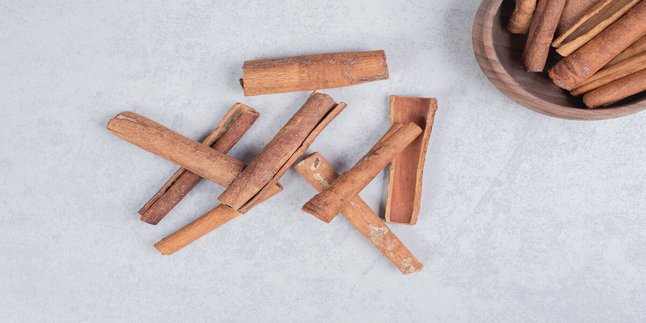Kapanlagi.com - Sweat glands, although small in size, play a multitude of vital roles in the human body's excretory system. This often-overlooked organ not only produces sweat but also contributes significantly to maintaining our health and body balance.
Let’s delve deeper into the amazing functions of sweat glands that we may not be aware of! Throughout our lives, sweat glands act as regulators of body temperature, helping to manage heat through natural cooling processes. Additionally, these glands serve as channels for expelling toxins and waste from the body.
By understanding more about sweat glands, we will come to appreciate how important this small organ is in maintaining our daily well-being. Come on, let’s explore further and discover interesting facts about sweat glands, as reported by Kapanlagi.com from various sources, Monday (13/1/2025).
1. Understanding Sweat Glands
Sweat glands, or sudoriferous glands, are an important component in the dermis layer of the skin, numbering 2-4 million. These glands function to produce and release sweat in response to changes in body and environmental temperature.
Although absent in some areas like the lips and nipples, these glands are most abundant in the palms of the hands, soles of the feet, armpits, and forehead.
Sweat, which consists of 99% water, also contains mineral salts, urea, and metabolic waste products. Although often considered bothersome, sweat actually helps maintain the balance and health of the body.
2. Types of Sweat Glands
Our body has two types of sweat glands: eccrine glands and apocrine glands. Eccrine glands, the most common, are distributed throughout the body and produce a watery, odorless sweat to cool the body, especially in the palms of the hands, soles of the feet, and forehead.
Meanwhile, apocrine glands produce a thick sweat that contains proteins and lipids, which can create an odor when it comes into contact with bacteria, especially in the armpits, genital area, and around the nipples, and become active during puberty. Understanding these differences is important for maintaining our health.
3. Function of Sweat Glands
Sweat glands play an important role in the human body, including thermoregulation to maintain body temperature, excretion of metabolic waste and toxins, as well as protecting the skin by forming a protective layer and maintaining moisture.
Additionally, sweat contains antimicrobial peptides to combat infections and can become active during stress, producing "cold sweat".
Recent research also shows that sweat glands contribute to wound healing by providing stem cells for skin tissue regeneration, making them more than just sweat producers.
4. Anatomical Structure of Sweat Glands
Sweat glands consist of two main parts: the secretory portion that is coiled in the lower dermis layer, which produces sweat and is surrounded by myoepithelial cells, and the sweat ducts that connect the secretory part to the skin surface.
These ducts are tubular and can reabsorb some electrolytes from the sweat. Understanding this structure is important, as disorders of the sweat glands can affect skin function and health.
5. Mechanism of Sweat Gland Function
The process of sweat production and secretion involves a complex mechanism that begins when body or environmental temperature rises, physical activity increases, or emotions such as stress arise.
The hypothalamus sends signals through the sympathetic nervous system, with acetylcholine as the main neurotransmitter. Sweat glands take fluid and electrolytes from the blood, then push sweat to the surface of the skin.
Sweat undergoes modification before it exits and evaporates, helping to lower body temperature. Understanding this mechanism is important for recognizing the body’s reactions to certain conditions and the impact of disruptions in this process on health.
6. Disorders of Sweat Glands
Sweat glands can experience disorders such as hyperhidrosis, which is excessive sweating without a clear reason, and hypohidrosis or anhidrosis, where sweat production is minimal or absent.
Additionally, there is bromhidrosis, which causes a pungent odor due to bacteria, and miliaria or heat rash, which occurs due to blocked sweat gland ducts.
Each of these conditions requires attention and appropriate management, ranging from improved hygiene to medical treatment.
7. Sweat Gland Care
Maintaining the health of sweat glands is important for optimal body function.
Simple steps include: regular bathing with antibacterial soap, wearing comfortable clothing made from breathable materials, and applying antiperspirant and deodorant on clean skin.
Manage stress with meditation or yoga, and pay attention to diet and hydration by avoiding spicy foods and caffeine.
If experiencing excessive sweating, consult a doctor for solutions. Proper care will support overall body health.
(kpl/rao)
Disclaimer: This translation from Bahasa Indonesia to English has been generated by Artificial Intelligence.

